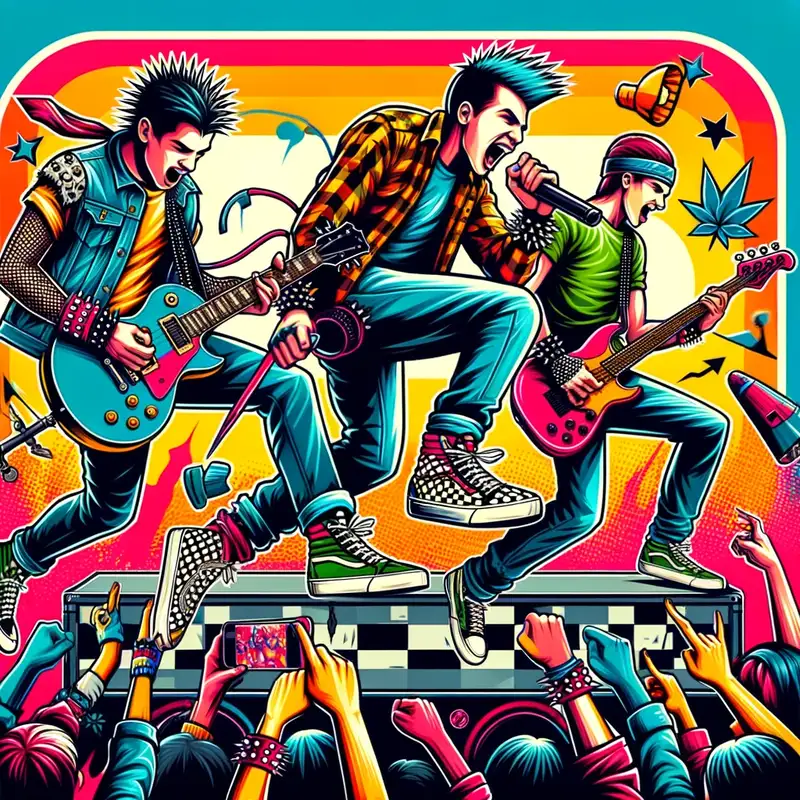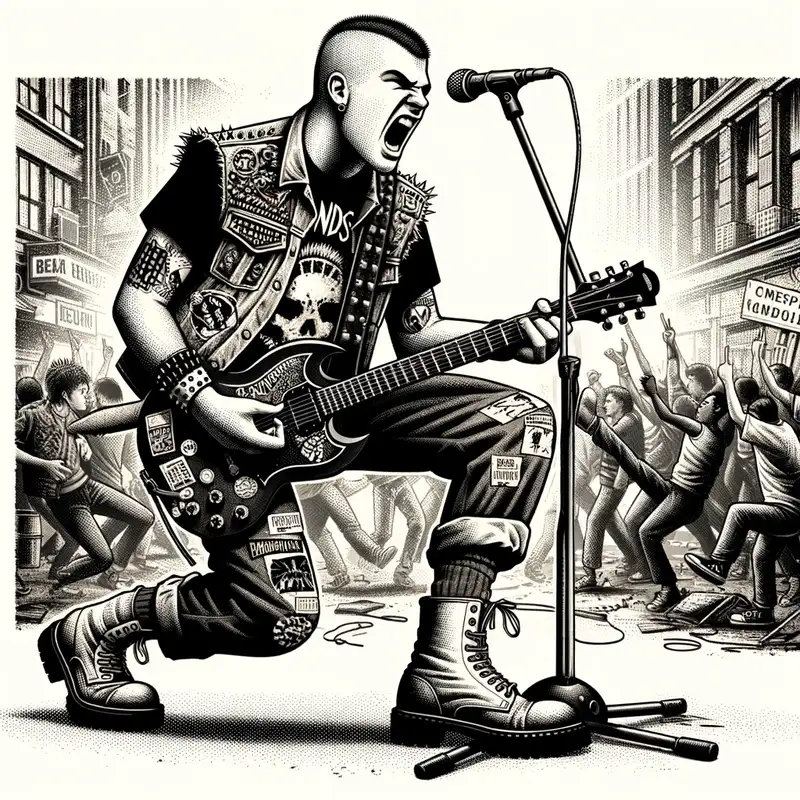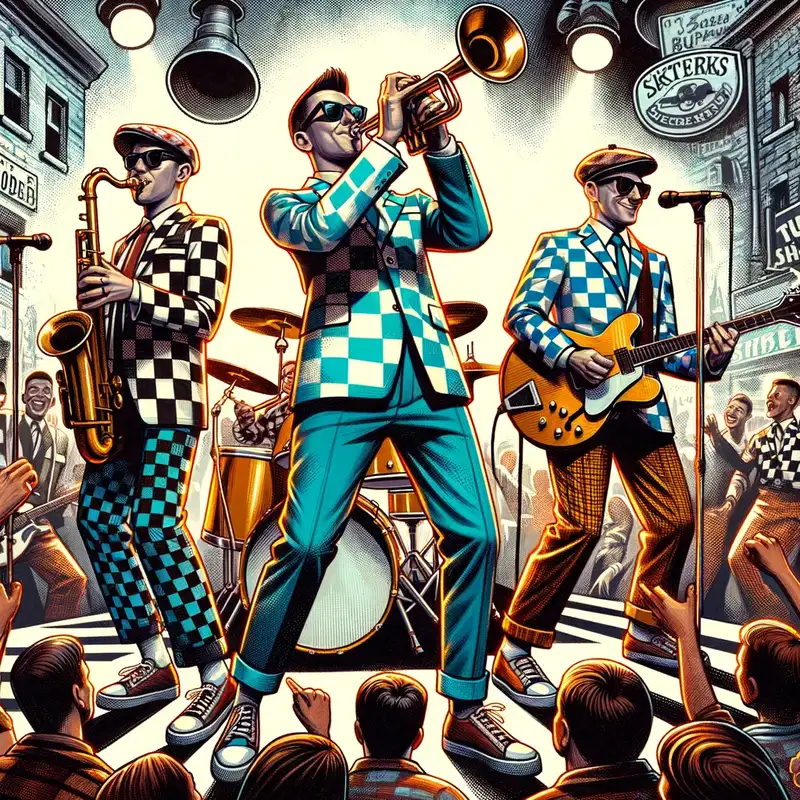Pop Punk

Pop punk, a subgenre of punk rock, began its rise in the late 1970s and peaked in popularity during the late 1990s and early 2000s.
Characterized by its catchy hooks, high-energy performances, and often youthful, rebellious lyrics, pop punk blended the aggressive edge of punk rock with the melodies of pop music.
Table of Contents
Historical Roots
Pop punk’s early foundations can be traced back to bands like The Ramones and Buzzcocks, who introduced a more melodic sound to the traditionally harsh punk scene. As the 1990s approached, bands such as Green Day and Blink-182 became emblematic of the new pop punk wave, offering anthems of teen angst, love, and suburban ennui.
Key Characteristics
- Melodic Hooks: Unlike traditional punk, pop punk places a significant emphasis on melody, with songs often featuring catchy choruses.
- Fast Tempos: Drawing from its punk roots, the genre typically features upbeat and fast-paced rhythms.
- Youthful Themes: From high school dramas to the challenges of growing up, pop punk lyrics often revolve around themes of youth, love, and rebellion.
- Simple Chord Progressions: The music generally leans on straightforward and power chord structures.
Notable Bands and Their Contributions
- Green Day: Their album “Dookie” is often hailed as one of the defining records of the genre.
- Blink-182: With hits like “All the Small Things” and “What’s My Age Again?”, they captured the essence of teenage years.
- Fall Out Boy: Bridging the gap between pop punk and emo, their lyrics and melodies resonated with a new generation of fans.
- Paramore: Led by the dynamic Hayley Williams, they introduced a blend of pop punk with elements of pop rock and emo.
- The Offspring: Their energetic tracks solidified their status as pop punk stalwarts.
Pop Punk’s Evolution and Legacy
While the height of pop punk’s popularity was in the late 90s and early 2000s, its influence is still evident today. Bands like 5 Seconds of Summer and All Time Low have carried the torch, blending modern pop sensibilities with classic pop punk elements. Furthermore, the genre has often intersected with the “emo” and “scene” movements, leading to subgenres like “emo pop” and influencing fashion, culture, and broader music trends.


